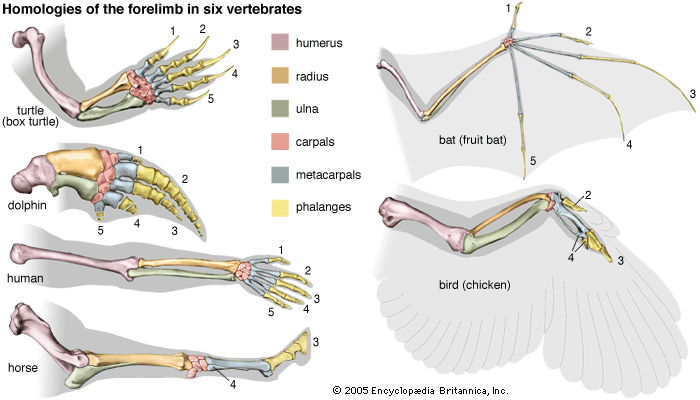
- "Juvenile bald eagles practising courtship ritual," ARKive (video clip, 0:36 min.)
Department of English
Faculty of Arts, Chulalongkorn University
"The
Dalliance of the Eagles"
(1880)
Walt Whitman
(May 31, 1819 – March 26, 1892)
|
Cope's Tobacco Plant
(1880) |
Leaves of Grass (1881–82) | |
| Skirting the
river road, (my languid forenoon walk, my rest,) Skyward, in air, a sudden muffled sound—the dalliance of the eagles, The rushing amorous contact high in space together, The clinching, interlocking claws—a living, fierce, gyrating wheel, Four beating wings—two beaks—A swirling mass, tight grappling, In tumbling, turning, clustering loops, straight downward falling, Till o'er the river pois'd, the twain yet one, a moment's lull, A motionless, still balance in the air—then parting, talons loosing, Upward again, on slow-firm pinions slanting, their separate, diverse flight, She hers, he his, pursuing. |
1 2 3 4 5 6 7 8 9 10 |
Skirting the
river road, (my forenoon walk, my rest,) Skyward in air a sudden muffled sound, the dalliance of the eagles, The rushing amorous contact high in space together, The clinching interlocking claws, a living, fierce, gyrating wheel, Four beating wings, two beaks, a swirling mass tight grappling, In tumbling turning clustering loops, straight downward falling, Till o'er the river pois'd, the twain yet one, a moment's lull, A motionless still balance in the air, then parting, talons loosing, Upward again on slow-firm pinions slanting, their separate diverse flight, She hers, he his, pursuing. |
"The Dalliance of the Eagles" Notes
This poem was first published in November 1880 in the magazine Cope's Tobacco Plant and later included in Leaves of Grass (1881–82) in Book XX "By the Roadside."
2 dalliance: love play or sexual play; playing in a love-motivated or sexual way
 |
|
9 pinions: wings
|
 |
—Ed Folsom and Kenneth M. Price, "Walt Whitman"
|
Study Questions
|
Sample Student Responses to Walt Whitman's "The Dalliance of the Eagles"
Response 1:
Study Question:
|
|
| Links |
|
| Walt
Whitman |
|
|
|
||
|
|
| Walt Whitman |
|
Reference
Whitman, Walt. "The Dalliance of the Eagles." Walt Whitman: Complete Poetry and Collected Prose. New York: Library of America, 1982. 412. Print.
Further Reading
Pearce, Roy Harvey. Whitman: A Collection of Critical Essays. Englewood Cliffs, NJ: Prentice-Hall, 1962. Print.
[Arts Library PS3238
P4]
Whitman, Walt. Complete Poetry and Collected Prose. New York: Library of America, 1982. Print.
[IIC American Studies CS
811.3 WC]
Last
updated
August 6, 2013